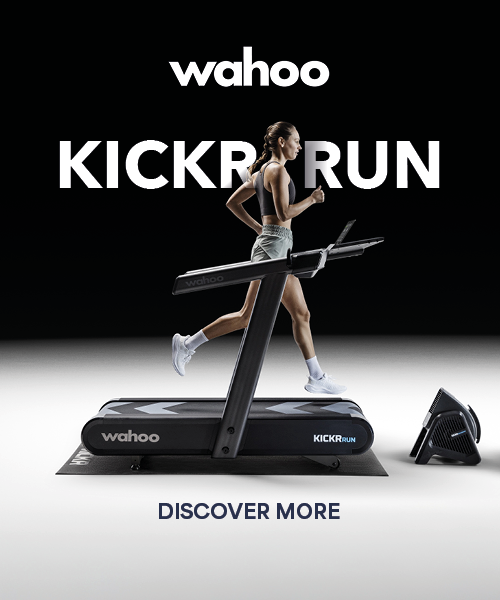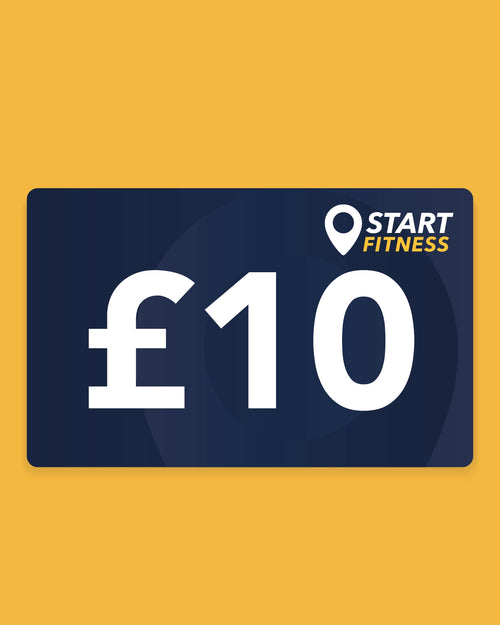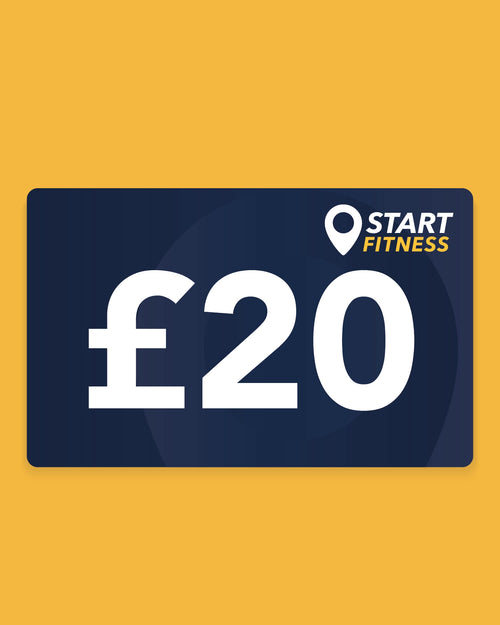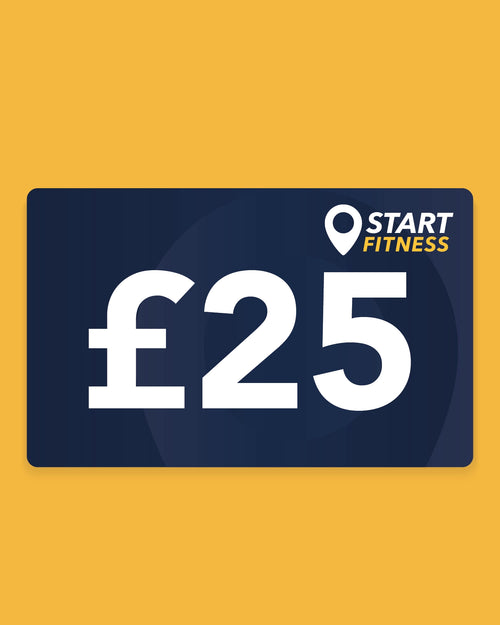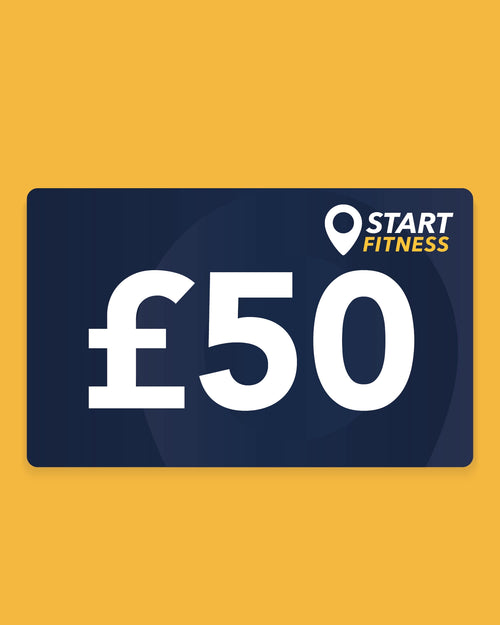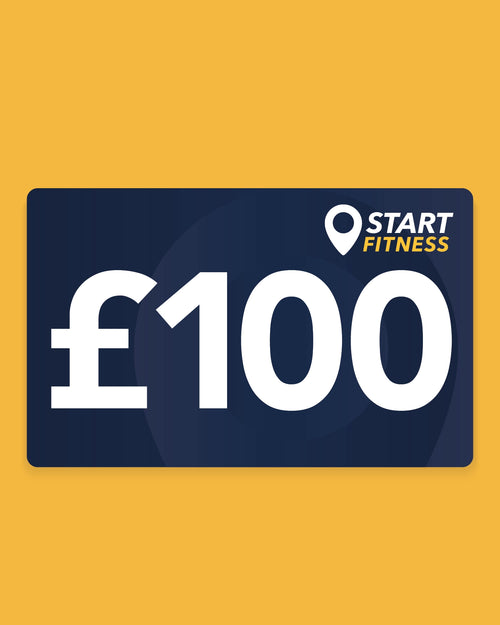Accidents and injuries can happen to even the most careful of runners. We know first-hand how frustrating it can be to be stuck nursing an injury rather than enjoying your favourite hobby. It’s just as bad to have the constant worry of a future injury that might get in the way of your goals.
This is why stretching is an essential part of any runner's routine, but many of us skip stretching, whether to save time or simply because we want to get right into the fun part. However, stretching is the best way to both recover from and prevent injuries. In this blog, we’re going to take you through the importance of a stretch routine for runners, as well as effective stretches that help target certain areas for a speedy recovery.
What happens if you don’t stretch after running?
Failing to stretch after any workout will cause your muscles and joints to tighten, meaning reduced mobility and eventually - injury. It’s especially important for runners to stretch their legs, hamstrings and hip flexors. Skipping over these crucial running muscle groups can lead to knee pain and pulled muscles.
How soon should you stretch after a run?
The quicker you can stretch your muscles the better as muscles are more flexible when they’re warm, meaning you’ll be able to enjoy a more effective stretching routine. Stretching straight after a run can also help reduce muscle and joint stiffness that can occur post-workout, so it’s best not to leave it too long and stretch your muscles while they’re still engaged.
Should you stretch before a run?
Yes, you should always make sure to stretch before a run. This will not only help to prevent common running injuries by warming up your muscles and preparing them for movement, but it will also improve the quality of your workout as warm muscles can perform better, meaning enhanced speed and stamina from the moment you set off.
How often to stretch while recovering from a running injury
When recovering from a sports-related injury you don't want to stretch so often that it makes your injury worse, or too little that it doesn’t offer any benefits at all. We recommend doing gentle stretches 2-3 times a week for the best results and it should only be around 5-10 minutes of stretching at a time. Of course, you should specifically follow any recovery plans given to you by a medical professional.
What stretches to do after running to aid recovery
Now we know the importance of stretching your muscles before and after a workout, let's talk about what the best stretches for runners are. Ideally, a runner will only spend 5 minutes before and after a workout stretching, so it’s important to fill that time with effective and targeted stretching for the best results.
Whether you’re looking to speed up your recovery process by increasing blood flow and mobility, or you’re trying to create a good stretching routine for after your runs, below you can find stretches to help you target specific muscle groups to ensure the best results for recovery and injury prevention. If you have an injury, keep in mind that you should consult a healthcare professional or physical therapist before starting a new exercise routine.
Calf stretches for running recovery
Your feet and ankles take the brunt of the force when running, and with the calf and the achilles tendons contracting during running, they can often become quite tight over time, making it crucial to warm them up appropriately. Below you can find a list of stretches that are perfect for targeting your calves and achilles tendons.
Calf stretch:
- Place your hands on a wall for balance and step back with your left leg.
- Keep the leg straight and press your heel into the floor.
- Press your hips forward and bend your right knee slightly and you should feel a stretch in your calf.
- Hold for 15-30 seconds and do this 2-3 times a day if recovering or before every run to prevent injury.
Stair stretch:
- Stand with the balls of both feet on the edge of a stair or curb (you’ll also want something solid to hold onto like a bar or bannister to prevent falling).
- Slowly lower the affected heel off the stair or curb until you feel a stretch in your calf.
- Hold this position for at least 15 to 30 seconds and repeat up to 5 times a day or whenever your achilles tendon starts to feel tight.
Calf-plantar fascia stretch:
- Sit with your legs extended out in front of you.
- Loop a towel around your foot, just under your toes and hold the ends just above your knees.
- Pull the towel back so that the foot stretches towards you.
- Hold the position for at least 15 to 30 seconds and repeat up to 5 times a day for those in recovery or before and after every run.
Hip stretches for runners
Hips, especially your hip flexors, play a crucial role in the movement of your legs while you’re running, making them an important part of the stretch routine. Any tightness could impact your performance or even increase your risk of injury. If you want to recover from tight hip muscles or maybe prevent them before they happen then below we’ve included some of the best hip stretches for runners.
Full range figure four:
- Sit upright with your knees bent and feet flat on the floor, and place your hands behind you for support.
- Cross your left ankle over to your right thigh, just below the knee.
- Slowly push your left knee away from you until you feel a stretch around the outer hip and glute, then come back to the centre. If pushing the knee away causes pain, then make the stretch a little more passive and avoid this pushing action, you should still feel the same stretch just with a little less intensity.
- Hold for around 15 seconds and alternate legs to ensure you’re targeting both sides. Do this 2-3 times a day.
Low lunge:
- Start in a low lunge with your right foot planted, keep the right knee bent and your left knee on the floor.
- Place your hands on the floor on either side of your right foot. You may need to use some blocks if you cannot comfortably ground the palms.
- Sink the hips towards the ground to deepen the stretch into your left hip flexor.
- Hold this for 15 seconds and repeat on your opposite side repeating 3 times a day.
Legs swings:
- Plant your hand on a surface such as a table or wall for support and stand on one leg.
- Swing your other leg back to front so the hip goes from flexed to extended - this helps to open up the front of your hip.
- Do this for 30 seconds and repeat on the other leg. Do this five times a day as well as before and after a run.
Stretches to help knee pain
For knee pain, it’s important not to do anything too strenuous. We would recommend gentle stretching that will avoid causing any more pain to your injuries. While exercising a knee injury might seem counterintuitive, with light simple movements it can prevent stiffness and worsening pain. For runners looking to stretch their knees, we’ve included some great easy options below that won’t put too much strain on your knee while still offering flexibility.
Quadriceps stretch:
- Stand with your feet shoulder-width apart.
- Slowly bend one knee back and bring your heel toward your glute. Reach back and hold your foot with your hand.
- Hold the stretch for around 15 seconds, then slowly lower your foot to the floor.
- Repeat with the other leg and do this around 5 times a day if recovering or before and after your runs.
Hamstring stretch:
- Lay on your back with your legs and arms flat on the floor.
- Raise one of your legs and grasp it with interlocked hands around the back of your thigh. Straighten the leg as much as possible with your foot flexed.
- Hold the stretch for around 30 seconds and then repeat with the other leg, do this 2-3 times a day.
Side leg raise:
- Lie on your side with your legs straight. Bend your forearm that's on the floor and use it to rest your head.
- Slowly lift your top leg upwards, keeping your legs straight, hold for around 5 seconds and then slowly bring it back down.
- Repeat for 2-3 repetitions and then alternate legs. We recommend doing this around 2 times a day for those in recovery.
Lower back stretches
Stretching your back can help you with your posture as you run, which can lead to better performance. It can optimise your range of motion, offer muscle tension relief and promote a faster recovery for those with back pain. The exercises below can aid lumbar stiffness and promote good posture.
Cobra stretch:
- Begin by laying face down on the floor, placing your hands out in front of you, just in front of the shoulders.
- Slowly push your top half off of the floor, (you can do this by extending your arm fully or keeping your forearms on the floor and pushing yourself up into a half cobra.)
- If you feel any pinching in the lower back, widen the distance between your feet to create more space in the lumbar spine.
Hold for 30 seconds and do this 5 times a day to give your back a good stretch.
Childs pose:
- Begin by kneeling upright and then sit back on your heels. The knees can be close together, or wide apart depending on what feels most comfortable for you.
- Bend forward and bring your chest closer to the ground, reaching your arms forward. You can keep the head lifted, or gently rest the forehead down on the floor.
- Focus on deep breathing and hold for 30 seconds. Repeat 4-5 times a day to stretch your lower back muscles. You can also take the hands out to one side, and then the other, to create a stretch into the side body.
Supine twist:
- Lay on your back and place your arms directly out to your sides, which will help to keep your shoulders down on the floor.
- Bend one knee in towards the chest, and then guide it over to the opposite side towards the floor. You should only bring the leg down to the floor if you can keep the shoulders completely grounded.
- Hold for 30 seconds and then slowly push back to the centre.
- Repeat on the other side and do this 2-3 times a day.
Equipment for promoting injury recovery
While stretching is a great way to look after your injuries and enjoy a speedy recovery, there are other ways you can help increase blood flow or target specific areas for a more effective recovery routine. When you’re injured you might find it a bit harder to stretch the specific areas that you need which can increase the recovery time.
Foam rollers are a great way of breaking up built-up scar tissue in the muscles to increase blood flow and provide your muscles with more oxygen for a good recovery, according to Healthline. They’re also an effective tool for reducing inflammation and promoting mobility, which can also come in handy after your workouts to avoid potential injury. Take the Hyperice Vyper GO Vibrating Roller and the Fitness Mad Tread EVA Foam Roller, which come with contoured designs to help avoid pressure on sensitive spots, such as your spine and help to loosen up your muscles by massaging away tension for a more efficient recovery.
 |
| Hyperice Vyper GO Vibrating Roller - £118.90 |
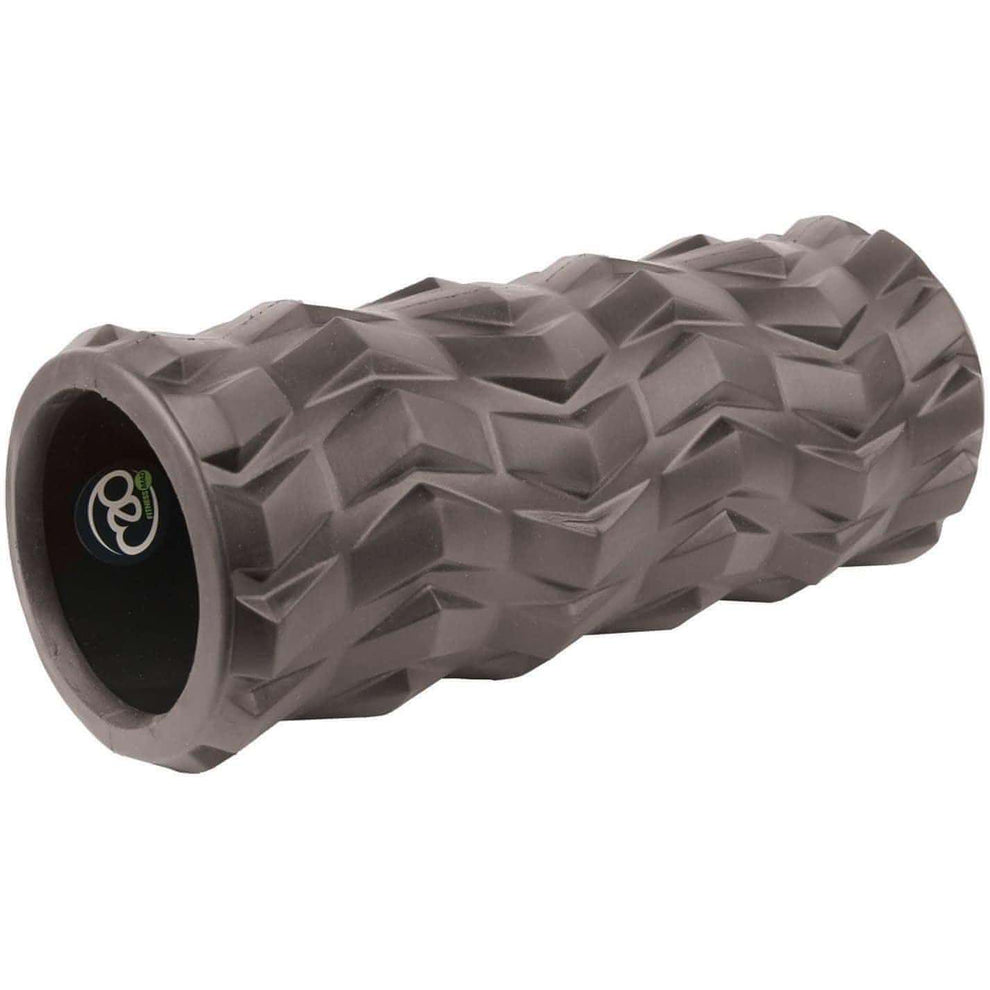 |
| Fitness Mad Tread EVA Foam Roller - £17.90 |
However, sometimes stretching and rolling may not feel like enough, or you may struggle to target the area you need. Resistance bands, such as these Mini Power Loops Resistance Bands, provide a low-impact way to rebuild your muscles and promote mobility. They can help you keep a good form to focus on specific areas while ensuring you don’t stretch too far and cause further injury.
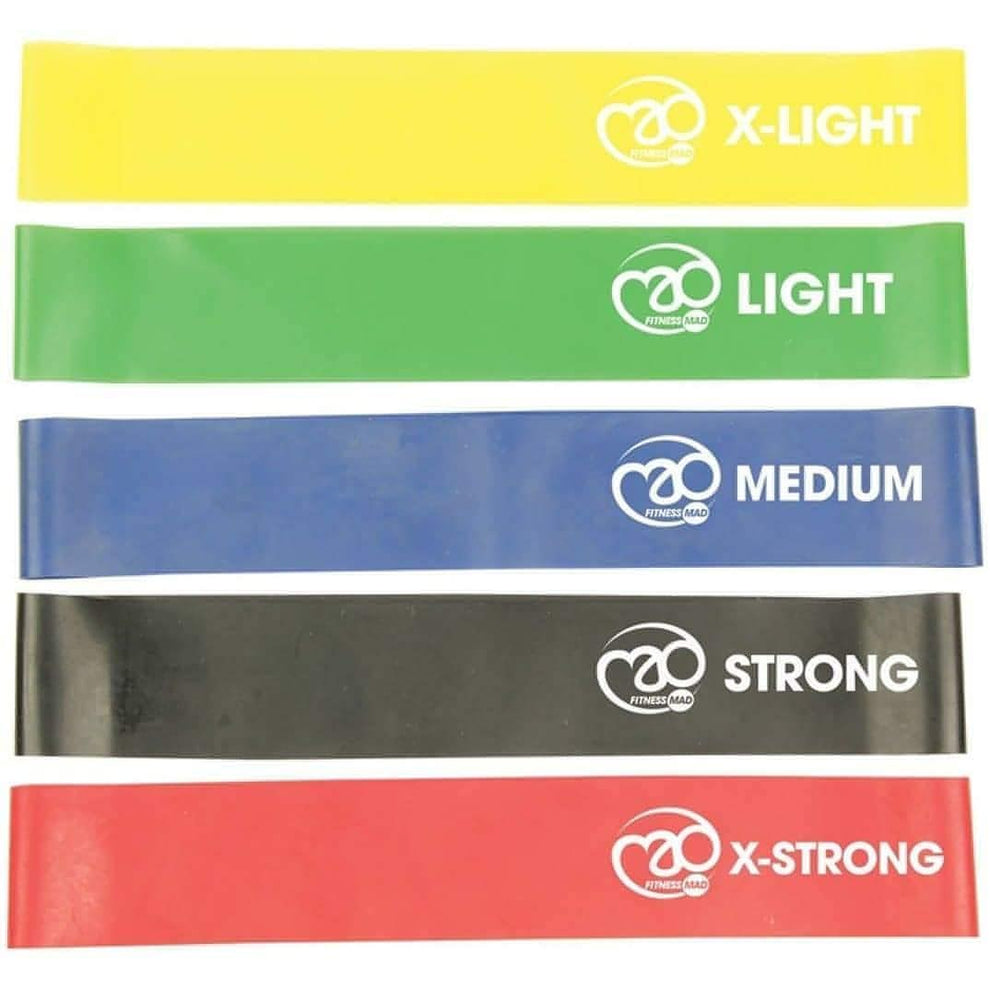 |
| Fitness Mad Mini Power Loops Resistance Bands - £9.90 |
Enjoy a quick and easy recovery with Start Fitness
Stretching your muscles before and after your runs is the best way to avoid injury as well as get the most out of your workouts by enjoying a better range of motion. That's why here at Start Fitness we stock a wide range of products to aid your stretching and recovery in our injury and recovery prevention collection so you can get back to doing what you love most - which is running!


